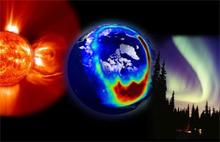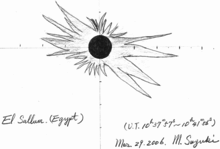news
Submitted on 2006-09-21
On September 23, Solar-B, the third solar physics satellite of ISAS, Institute of space and astronautical science of the Japan Aerospace Exploration Agency, will be launched in Japan.
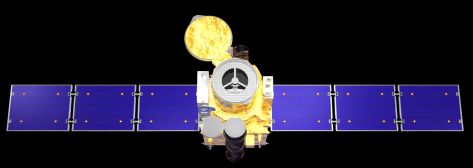
Submitted on 2006-07-13
From 13th November until 17th November 2006, scientists from all over the world will gather in Brussels to discuss space weather. Developments in forecast methods, ionospheric issues, modelling, data analysis methods and scientific research will be on the menu for 5 days.

Submitted on 2006-06-13
The mini-satellite Proba 2, an ESA-mission, will be launched in September 2007. Onboard are SWAP and LYRA, two instruments in which the Royal Observatory of Belgium, the SIDC is deeply involved. Belgium will keep an eye on the Sun!

Submitted on 2006-05-12
Once a year, we bundle all our activities and publications of the past year in a document. All projects and services on which we are currently are described. It fits in the bulky report of the Royal Observatory of Belgium, one of the 10 scientific federal institutes.
Submitted on 2006-04-12
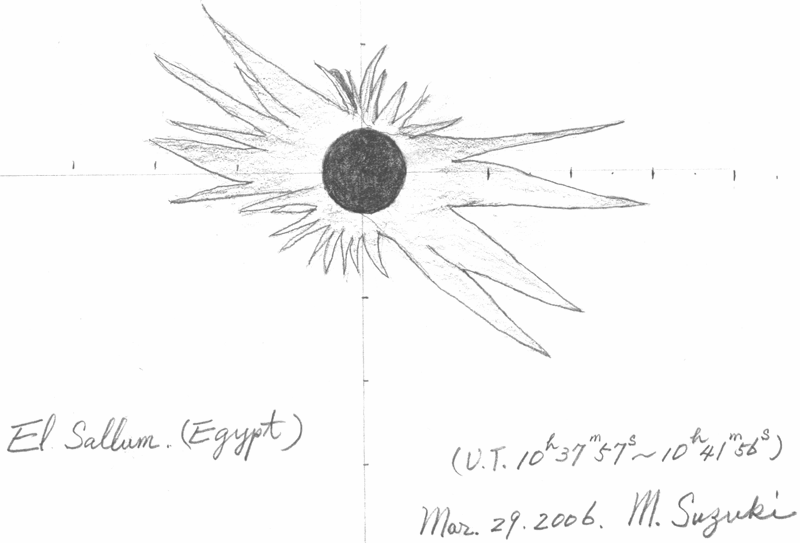
Above a drawing of the total solar eclipse observed in El-Sallum, Egypt on March 29 by Miyoshi Suzuki (contributor to the SIDC observing network). The shape of the corona was typical of the minimum phase of solar activity. The corona spreads trough about 3 solar diameter on the equator and spreads trough about one solar diameter above the poles.
Submitted on 2006-03-28
On March 27, a completely renewed website was launched. By restructuring all data and info, we hope to offer a better service. Therefore, we invite you to surf on our new solar wave.

Submitted on 2005-12-20
Maybe you noticed: the daily ursigrams and geoalert have changed a little! From today onwards, we provide an estimation of the International Sunspot Number, in short: the Estimated ISN.
Submitted on 2005-12-06
Ten years ago, SOHO, the Solar and Heliospheric Observatory, was launched. The satellite is able to watch the Sun continuously. It was meant to stay operational for 2 years, but now, 10 years later, it still is! The SIDC is closely involved in the EIT and LASCO instruments, which prove to be very valuable to do the space weather forecast.
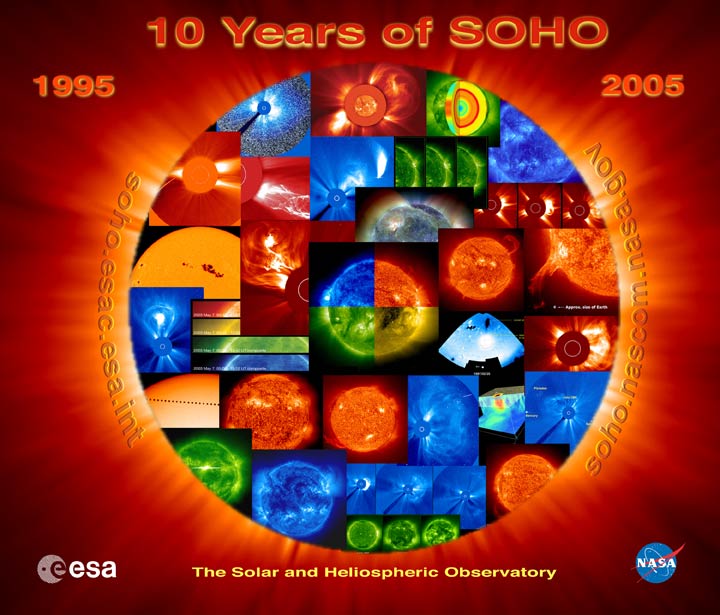
Submitted on 2005-11-08
As active as was the Sun in September, as quiet is it now. Both the 10.7 cm solar radio flux and the International Sunspot Number are pointing to solar minimum.
Pages
Zircon - This is a contributing Drupal Theme
Design by
WeebPal.




